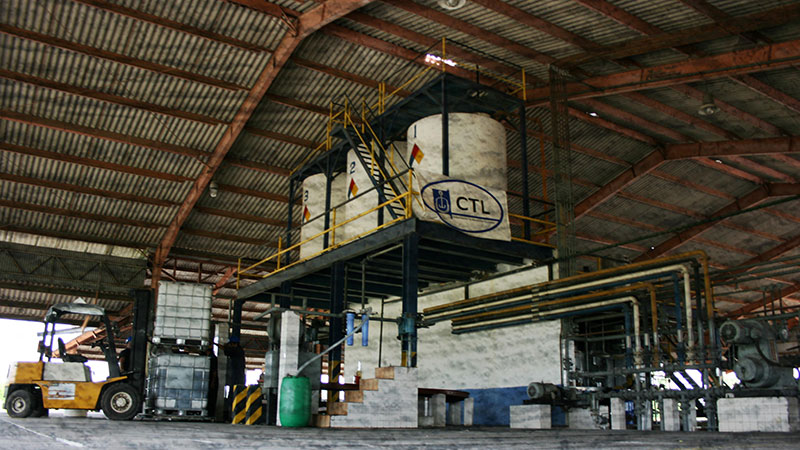The Mounting Middle Class
We are living through some of the most significant cultural changes the world has ever seen. Not only is Arab spring reshaping the political landscape in some of the most volatile regions of the world, but the social changes transpiring there and in other emerging economies around the globe is reshaping the way people work, interact and purchase goods and services.
Mass demonstrations in India pose the biggest threat to Monmohan Singh since he took office. In China, one of the largest public demonstrations since the 1989 Tiananmen Square protests took place in August, demonstrating the middle class’ willingness to confront governments and voice frustrations with industries.
The clout currently enjoyed by the middle class in emerging economies could be due to their rising numbers. Almost 2 billion people are considered middle class in developing Asia. Almost 90% of Latin America is now considered middle class, and at least one-third of Africa’s 1 million people have middle incomes, although many of these metrics include those just out of poverty, many of whom live on $2 to $20 per day.
According to the World Bank’s definition of middle class — those earning between $10 to $20 per day — the world’s middle earners are likely to grow from 430 million in 2000 to 1.2 billion in 2030; China and India will account for two-thirds of the expansion.
Disposable Income
The rise in political activism, labor strikes and public demonstrations have come to represent the confidence the middle class has in open elections, political transparency and financial solvency.
The rise in affluence of these populations is putting an immediate and significant strain on food, which is typically the first lifestyle upgrade for people with disposable incomes. China’s surging disposable income, now ranked 28th in the world in front of Romania and Philippines, is driving well-documented increases in food imports. These imports include staples like soybeans, cooking oils and rice, but increasingly they include high-value vegetables.
India’s overall rank lags behind other emerging economies because its sheer number of lower classes drag down the national average. But its middle class is enjoying affluence like never before. Our cover story in this issue outlines the double-digit economic growth in India, which is the second-fastest growing economy in the world. Crop protection is growing even faster, somewhere around 15% per year, which is projected to sustain itself for the next five years.
Much of India’s crop protection prosperity resides in the $2 billion domestic market, which is expected to double in the next five years. That means that the most progressive Indian companies will double their revenues as well, creating dozens of companies with revenues in the hundreds of millions. These companies will be looking beyond their domestic borders as well, creating new competition for everything from lower cost technical-grade active substance to sophisticated formulations that rival the best brands on the market.
This combination of low cost actives and better-quality manufacturing could help Indian manufacturers seize global market share from other manufacturing hubs, specifically China, where rising costs of labor and raw material are eroding some of the margins enjoyed there.
The world’s middle class is being reshaped in our generation, and it is an exciting time to be part of an industry that is helping to feed it. As I write this column on a plane to Thailand, where disposable income ranks 26th in the world, it is becoming clear that some of the world’s greatest business opportunities reside in these emerging markets, buoyed by the ongoing perseverance of the booming bourgeoisie.






